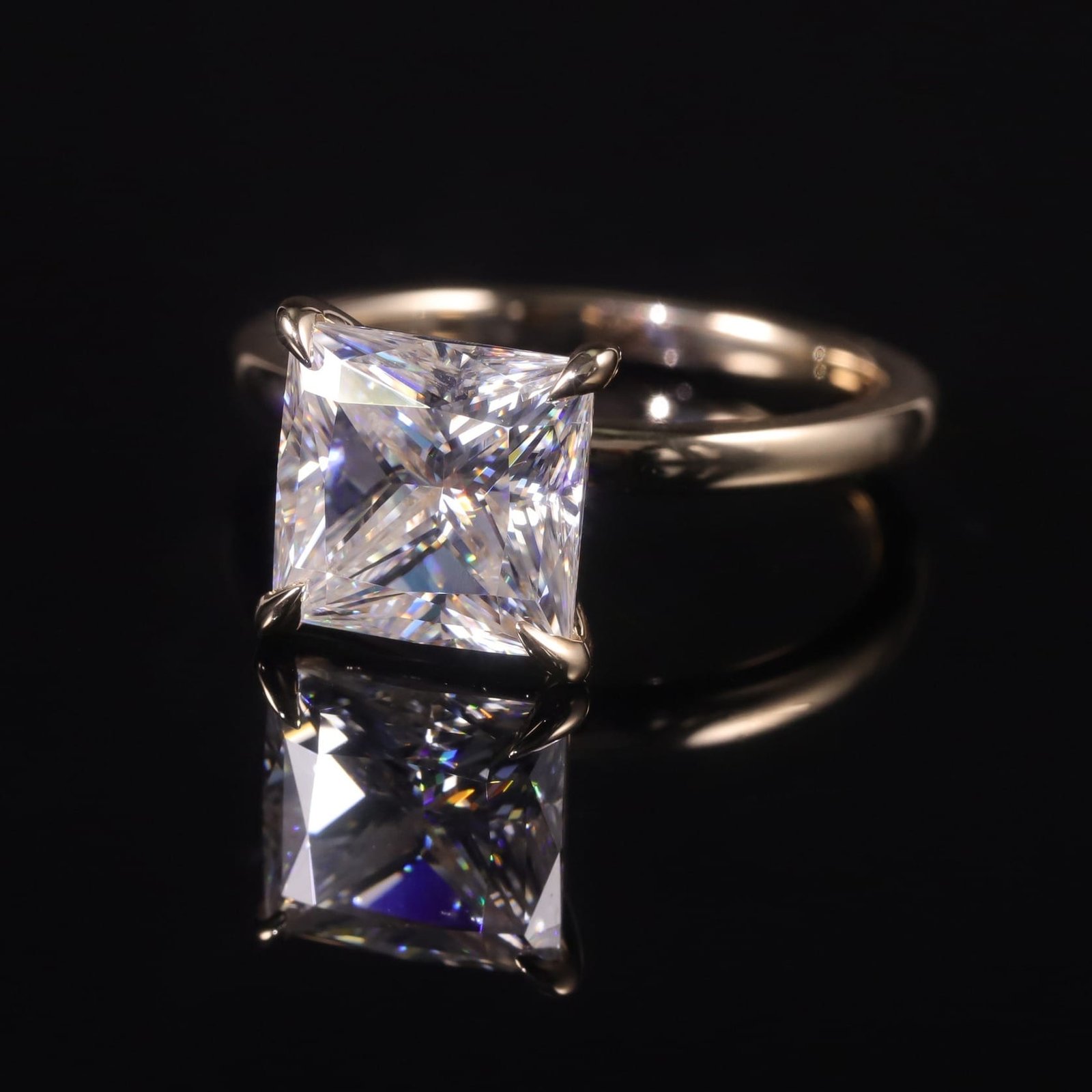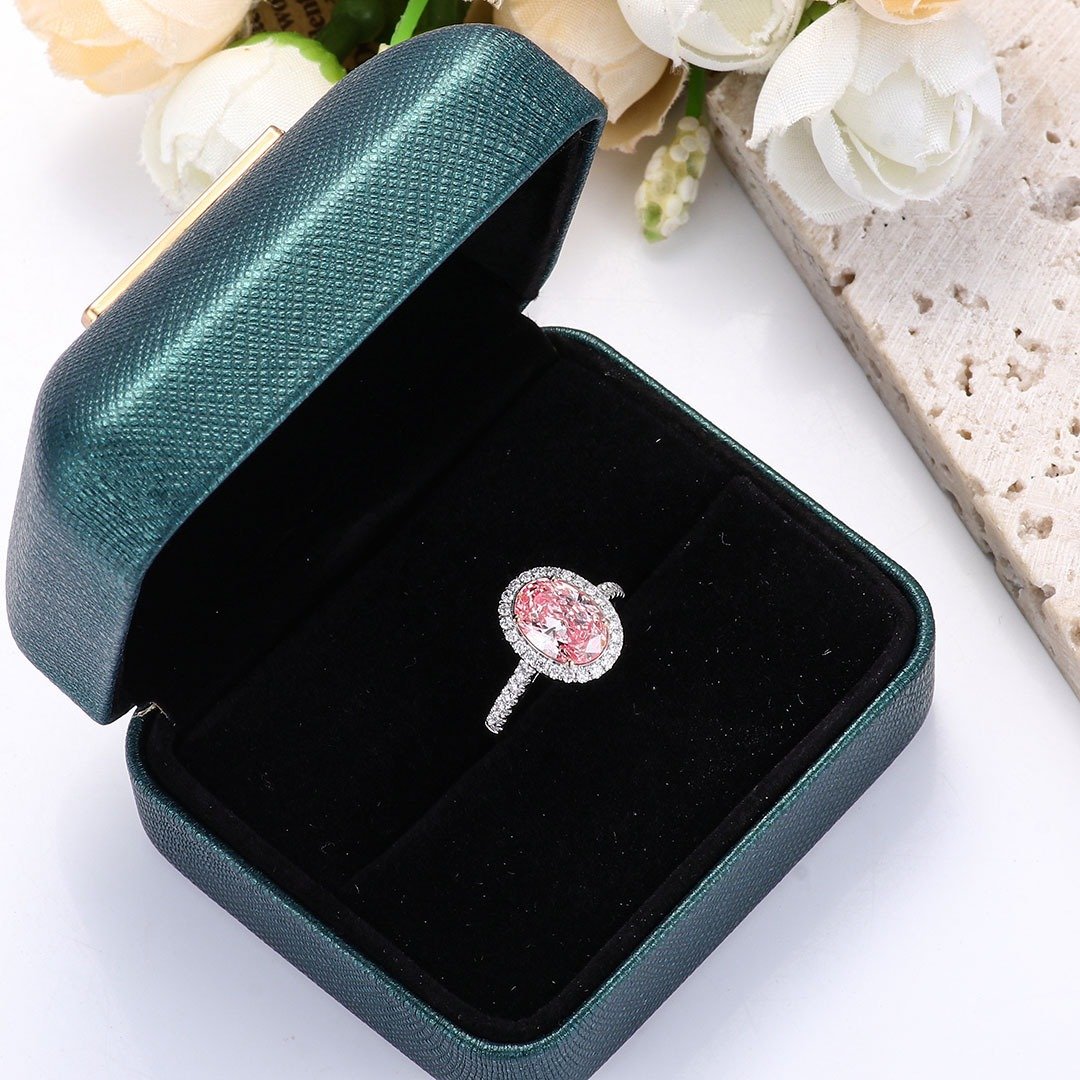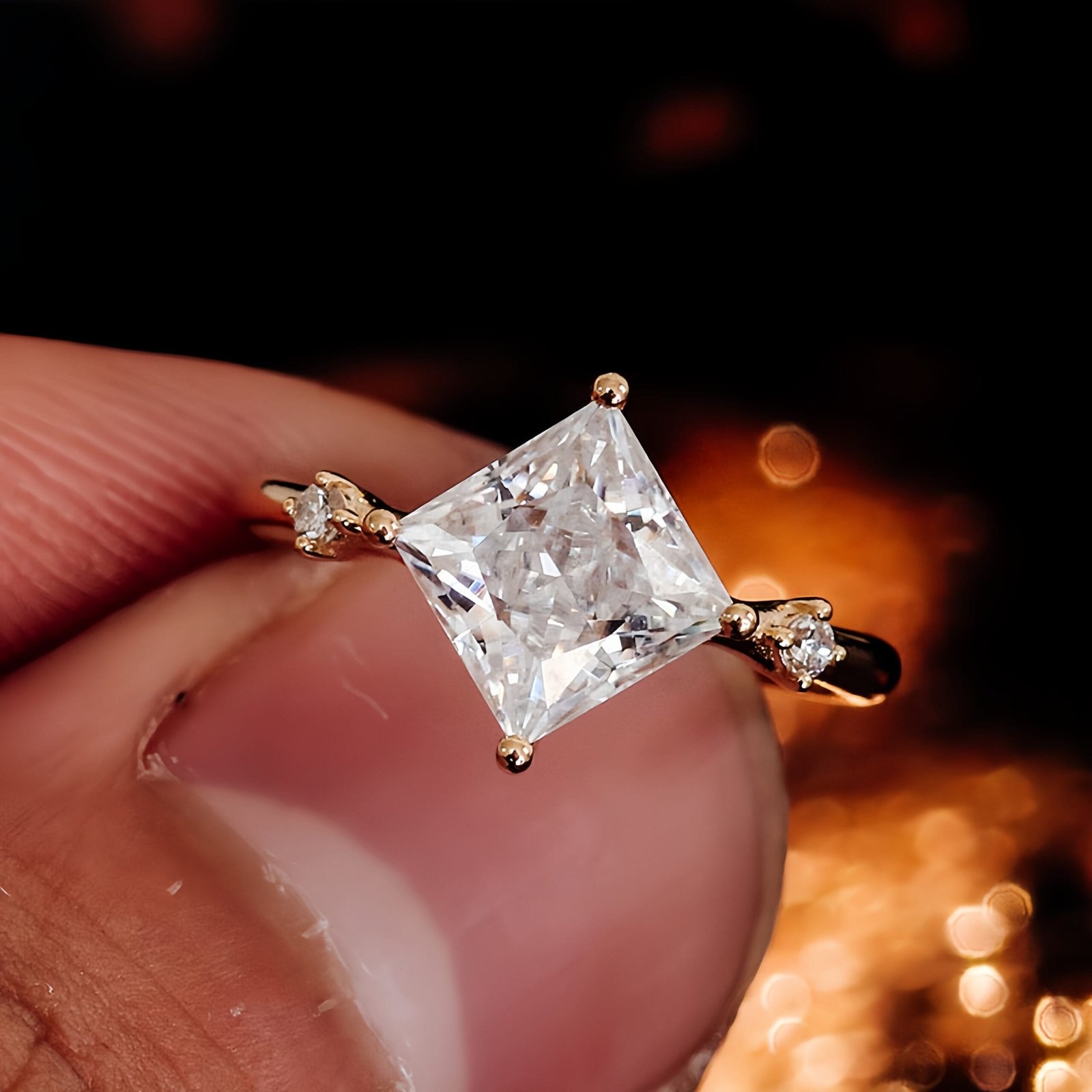Over the past few years, lab-grown diamonds have become an increasingly popular alternative to naturally mined diamonds. As more couples choose to be more environmentally conscious, lab-grown diamonds make for the perfect eco-friendly engagement ring.
Lab-grown diamonds (also known as lab-created, man-made, engineered, synthetic, or cultured diamonds) are chemically, optically, and physically identical to earth-mined diamonds, but are more ethical, beautiful, and affordable than anything we can extract from the Earth. We replicate the Earth’s natural process by crystallizing carbon into brilliant diamonds in a modern laboratory setting, which are 40% less expensive and without any of the environmental or humanitarian issues.
One fundamental difference between natural diamonds and synthetic diamonds is that natural diamonds are formed deep within the Earth’s crust. Intense pressure and heat crystallize carbon atoms, forming diamonds. Lab-grown diamonds, on the other hand, are created using two scientific processes, High Pressure and High Temperature (HPHT) and Chemical Vapor Deposition (CVD).
The first synthetic diamonds were created in the 1950s and were too small to be used in jewelry sets, but these lab diamonds are extremely useful in industrial applications.
The HPHT Diamond Process
The first process uses high pressure and high temperature (HPHT) to replicate the formation of diamonds in nature. The HPHT diamond process begins by placing a small “diamond seed” in pure carbon.
The “diamond seed” then goes through three manufacturing processes, a belt press, a cubic press, and a ball press. These three processes generate extreme heat and pressure, causing the carbon to melt and form around the seed, forming a diamond. The rough diamond is then polished to make it perfect for an engagement ring.
The HPHT method can also be used on diamonds you already have. The HPHT treatment process can be used on natural diamonds to permanently enhance their color.
Many companies around the world are experimenting with HPHT treatments, but not all of them properly label these treated stones. As a result, it has become increasingly difficult for industry professionals and GIA researchers to distinguish HPHT diamonds from natural diamonds. GIA researchers continue to develop new techniques to identify HPHT gems, but keeping up with the evolving technology is a challenge.
If you buy HPHT grown diamonds, you’ll find them more affordable than natural diamonds because the supply chain for lab-grown diamonds is much shorter than that for natural diamonds. Whichever you choose, HPHT diamonds are just as beautiful and strong as natural diamonds.
Chemical Vapor Deposition Diamond Process
Another man-made diamond process is chemical vapor deposition (CVD). The CVD process was first introduced in the 1980s as an alternative to the HPHT process. The CVD diamond process is better suited for the production of gem-quality diamonds.
The CVD diamond process also starts with a diamond seed. The diamond seed is then placed in a growth chamber filled with hydrogen and carbon-containing glass.
The chamber is then heated to extremely high temperatures while a microwave beam causes the carbon to adhere to the diamond seed. The diamond is then periodically removed from the chamber, polished, and returned to the chamber to continue growing. It takes about three to four weeks to grow a diamond this way, which requires less labor and costs less than HPHT diamonds.
Laboratory-Grown Diamonds vs. Natural Diamonds
No matter which process your synthetic diamonds are made from, they will still sparkle like natural diamonds. They are also more environmentally friendly than natural diamonds, making them a more environmentally friendly and cost-effective choice. Choosing our Provence jewelry will make your life more attractive.













